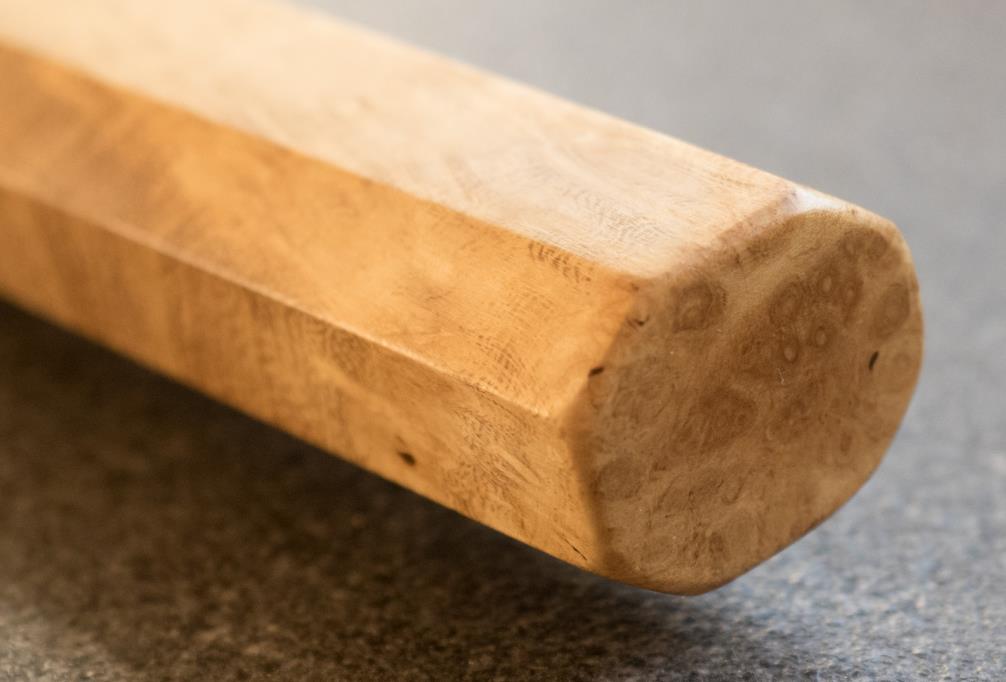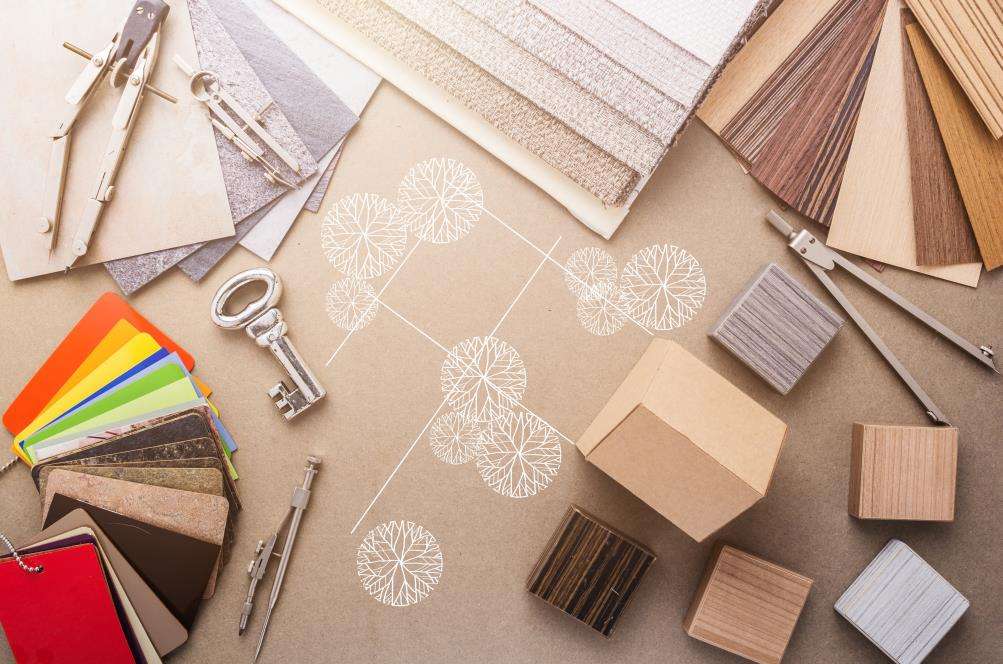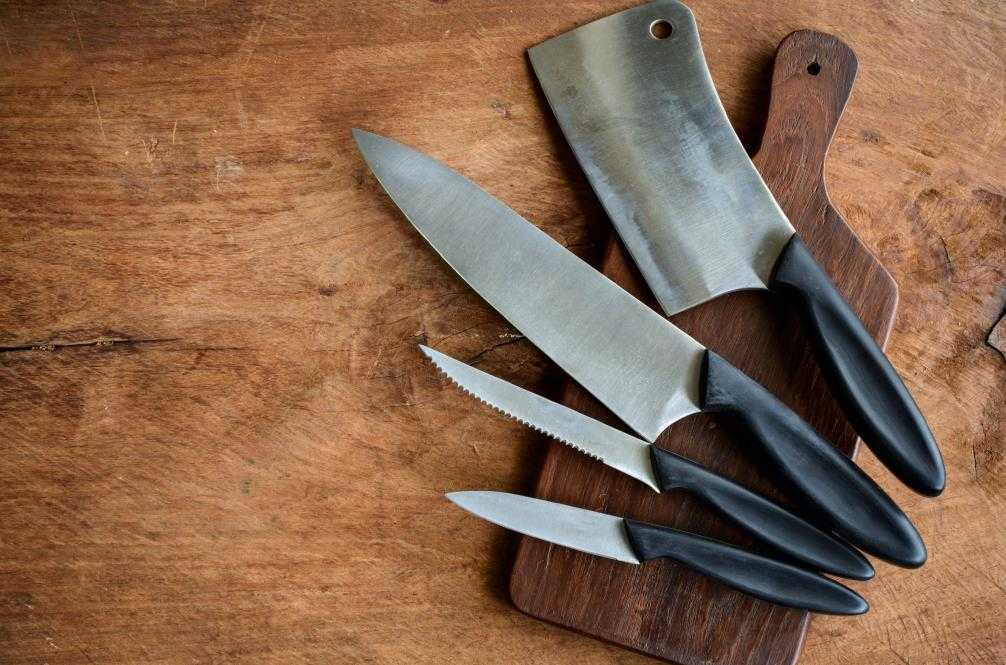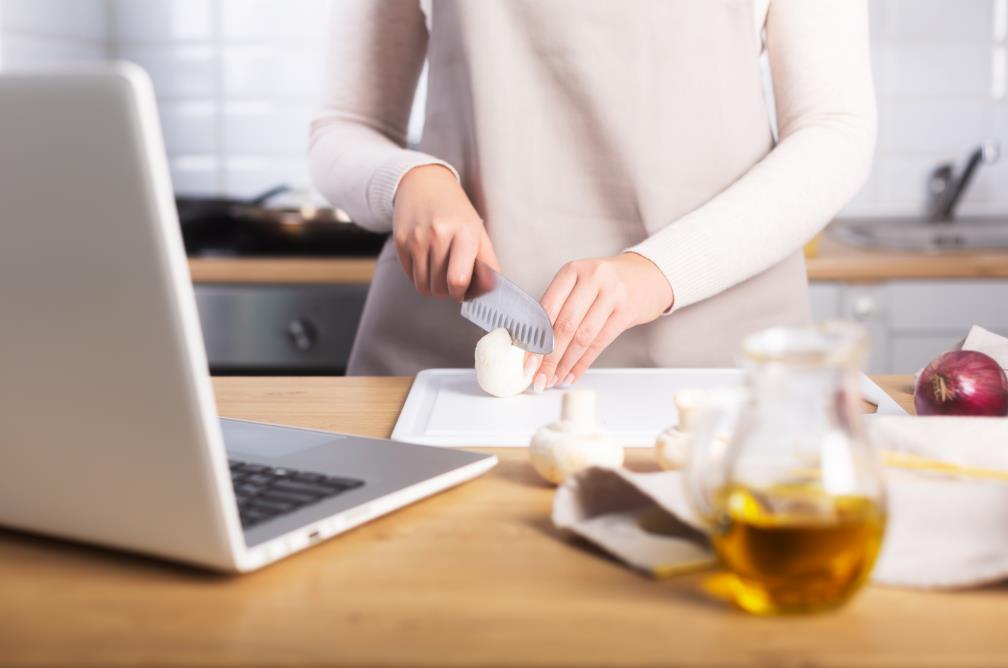Knife handles come in different shapes and sizes. However, at the end of the day, there are only two main categories- the Wa-handle (Japanese handle) or the Yo-handle (Western handle). Wa-handles have varying purposes, shapes, sizes, and materials. When choosing one, it’s crucial to pay as much attention as you would to the blade.
Essentially, the handle should fit comfortably in your hand, and the material should provide a good grip. The most common shapes for Wa-handles are oval, octagonal, D-shape, and shield. You can opt for the traditional rosewood, buffalo horn material, or modern materials like carbon fiber or titanium. Consider the strength, ergonomics, and durability of the handle before making your purchase.
As you read on, you will discover the different handle shapes, materials, and how to care for your Wa-handle. You’ll also learn about the difference between a Wa-handle and a Yo-handle for a more informed decision while shopping for knives.
Table of contents
What is a Wa-handle?

A Wa-handle is a unique knife handle found on Japanese knives. The handle is made of natural or synthetic materials, and unlike most knife handles, it’s not riveted or screwed onto the blade. Instead, it’s integral to the blade and is made by inserting the blade into the handle and using epoxy resin to fix it in place.
Like most aspects of a Japanese kitchen knife, the design is simple, elegant, and efficient. The handle is comfortable to hold and provides a secure grip, even when wet. Knives with Wa-handle feature a partial tang that extends into the handle and is about 3/4 the length of the blade.
This design is aesthetically pleasing and makes the knife more balanced. Unlike most Western knives, the Wa-handle is lightweight enough for use in the kitchen all day without finger fatigue.
Note that no riveting or screws are used to fix the blade. The Wa-handle isn’t the most vital type of knife handle. If you plan to use your knife for heavy-duty tasks like chopping bones, you’d be better off with a knife that has a full tang. But if you’re looking for a lightweight and elegant knife for everyday tasks in the kitchen, the Wa-handle is the way to go.
How to choose a wa handle
Wa-handles come in different shapes and sizes. Many times Wa-handles come as separate components for partial tang knives.
Shape
The most common shapes for Wa-handles are oval, octagonal, D-shape, and shield. When choosing a shape, think about how the handle will feel in your hand. Some shapes will fit comfortably in your hand, while others may not be as comfortable.
- The oval shape orients the knife in a vertical grip and is the most comfortable grip for extended use.
- If you opt for an octagonal shape, make sure it has rounded edges. The octagonal shape is comfortable for those who like a firmer grip on their knives. It ensures greater control while cutting.
- The D shape is similar to the oval shape but features a defined edge. It’s a good choice for those who like a more solid grip on their knives. While it’s the most precise of all the shapes, it’s not ambidextrous. The D handle provides excellent feedback while cutting.
- Knives with a shield shape are perfect for users with small hands. The shield shape is also excellent for those who like a more defined grip.
Material

Wa handles can either be natural or synthetic. The most common natural materials are wood, buffalo horn, and bone. Synthetic materials include plastics, micarta, and carbon fiber.
Wooden handles are the most common type of Wa-handle. They’re comfortable to hold and provide good grip even when wet. The downside of wooden handles is that they’re susceptible to cracking and chipping over time. The best wood for Wa-handles are arguably rosewood, olive wood, ebony, bloodwood, and walnut.
Aesthetic qualities
The design of the Wa-handle is an important aesthetic consideration. Handles can be either plain or ornate. Plain handles are more common and tend to be less expensive. Ornate handles are often more expensive but can add a touch of luxury to your knife.
When choosing an ornate handle, make sure the design complements the blade. You don’t want a handle that overpowers the blade or vice versa. Suppose you’re looking for a more sophisticated look. In that case, you might want to choose a handle with an inlay or engraving.
Strength and durability
The handle should be strong enough to withstand regular use. Consider the material of the handle and your intended use when assessing strength and durability. For example, if you plan to use your knife for heavy-duty tasks, choose a handle made of a strong and durable material such as Micarta.
If you don’t plan to use your knife for heavy-duty tasks, a wooden handle will suffice. However, consider hardwood options such as ebony or rosewood, which are more durable than softer woods. The more delicate the handle, the more care you’ll need to take when using and storing your knife.
Wa-handle (Japanese handle) vs Yo-handle (Western handle)

The Wa-handle is more slender and rounded, while the Yo-handle is more robust and bulky. Both have their distinct features, the Wa-handle is more commonly used in Japanese cuisine, while the Yo-handle is more popular in Western cooking.
The Wa-handle is more comfortable to hold for extended periods of time, and its slender shape makes it easier to control the knife. The Yo-handle, on the other hand, is better for chopping and can take more abuse. It is also easier to find replacement for Yo-handles, as they are more common in the market.
In terms of design, Yo-handles are often heftier than Wa-handles, and they usually have a more robust appearance. Wa-handles, are often more elegant and sleek in design. The lightweight nature of Wa-handles also makes them more comfortable to use.
Another difference between the two types of handles is the way they are attached to the knife. Yo-handles are typically attached using rivets or screws, while Wa-handles are often glued or fitted onto the knife. The glue makes Wa-handles more prone to coming loose, but it also allows for a more seamless appearance.
Premium Yo-Handle Kitchen Knives
True cutting power in the palm of your hand
How to care for a Wa-handle
To keep your Wa-handle in top condition, it is important to regularly oil or wax it. Waxing will provide a layer of protection against water and help to prevent the handle from drying out and cracking. Oiling ensures that the handle remains supple and prevents it from drying out.
How to oil or wax a Wa-handle

Follow these steps to oil your Wa-handle:
- Wipe down the handle with a clean, dry cloth.
- Saturate a cotton ball or soft cloth in mineral oil.
- Rub the oil into the handle, using a circular motion.
- Wipe away any excess oil.
- Repeat this process every few months, or as needed.
To wax your Wa-handle, follow these steps:
- Wipe down the handle with a clean, dry cloth
- Heat a small amount of beeswax in a double boiler or in the microwave
- Dip a clean cloth in the beeswax and rub it into the handle
- Buff the handle with a soft, dry cloth
The frequency with which you oil or wax your Wa-handle will depend on how often you use it and what type of environment you keep your knife. If you use your knife often, or if you live in a humid climate, you may need to oil or wax your handle more frequently. When not in use, store your knife with the blade pointing down to prevent the handle from drying out.
Wa handle (FAQs)
How do you attach a Wa-handle?
To attach a Wa-handle, first clean the area where the handle will be attached. Next, apply a layer of glue to the surface and allow it to dry for a few minutes. Once the glue is dry, place the handle on the knife and press it into place. Then, use a damp cloth to wipe away any excess glue.
Can I use my Wa-handle in the dishwasher?
You should not put your Wa-handle in the dishwasher. Dishwashing detergent and water can damage the finish of your handle and cause it to crack or warp. Instead, wash your handle by hand using a mild soap and warm water. If your handle becomes very dirty, you can soak it in a vinegar solution for a few minutes before washing it.
How do you remove a Wa-handle?
To remove a wa handle, first heat the handle with a hair dryer or heat gun. You can also heat the knife in an oven set to low heat. Once the handle is heated, pull the handle off of the knife. If the glue is still holding the handle on, use a putty knife or razor blade to pry the handle off. Be careful not to damage the blade. Once the handle is removed, clean any residue off of the knife with acetone or alcohol.
Closing
The Wa-handle is a traditional Japanese handle that is characterized by its sleek design and lightweight. Wa-handles feature a variety of shapes and materials to suit any knife. The choice of material is often a matter of personal preference, but horn and wood handles require more care than synthetic materials.
Visit our blog for more tips on choosing and caring for your knife. Our store also offers a wide selection of handmade kitchen knives to suit the needs of any cook.












